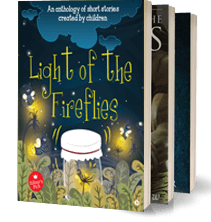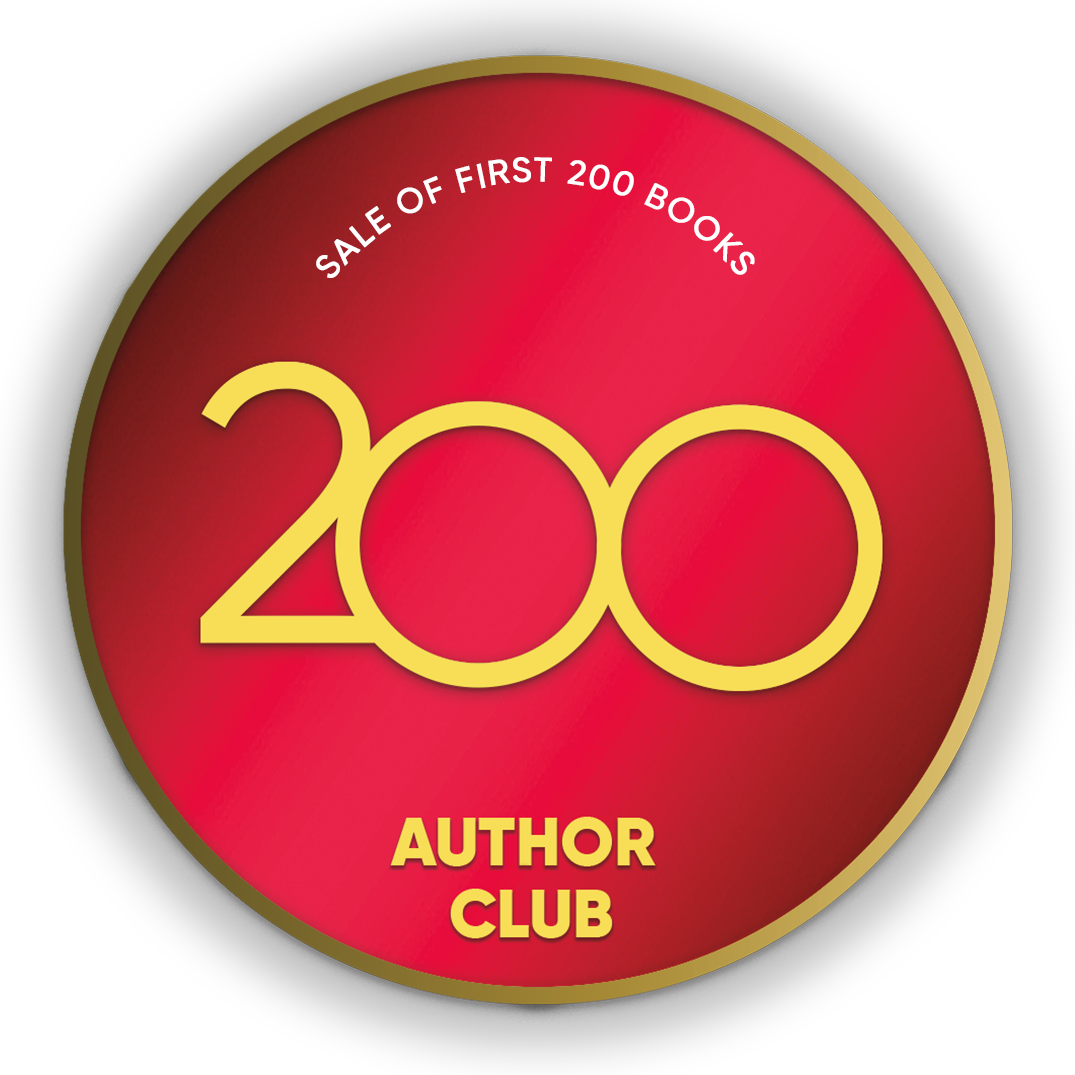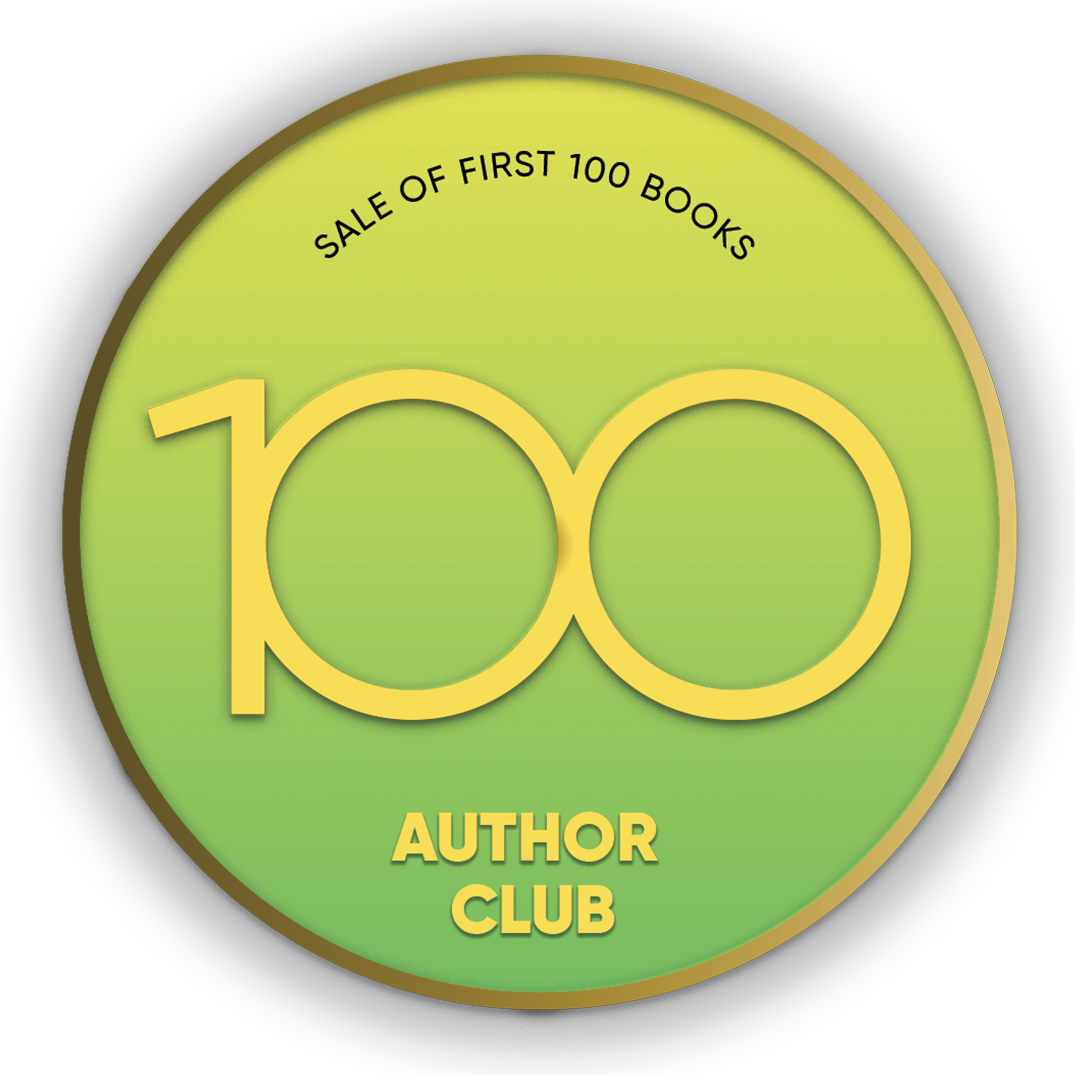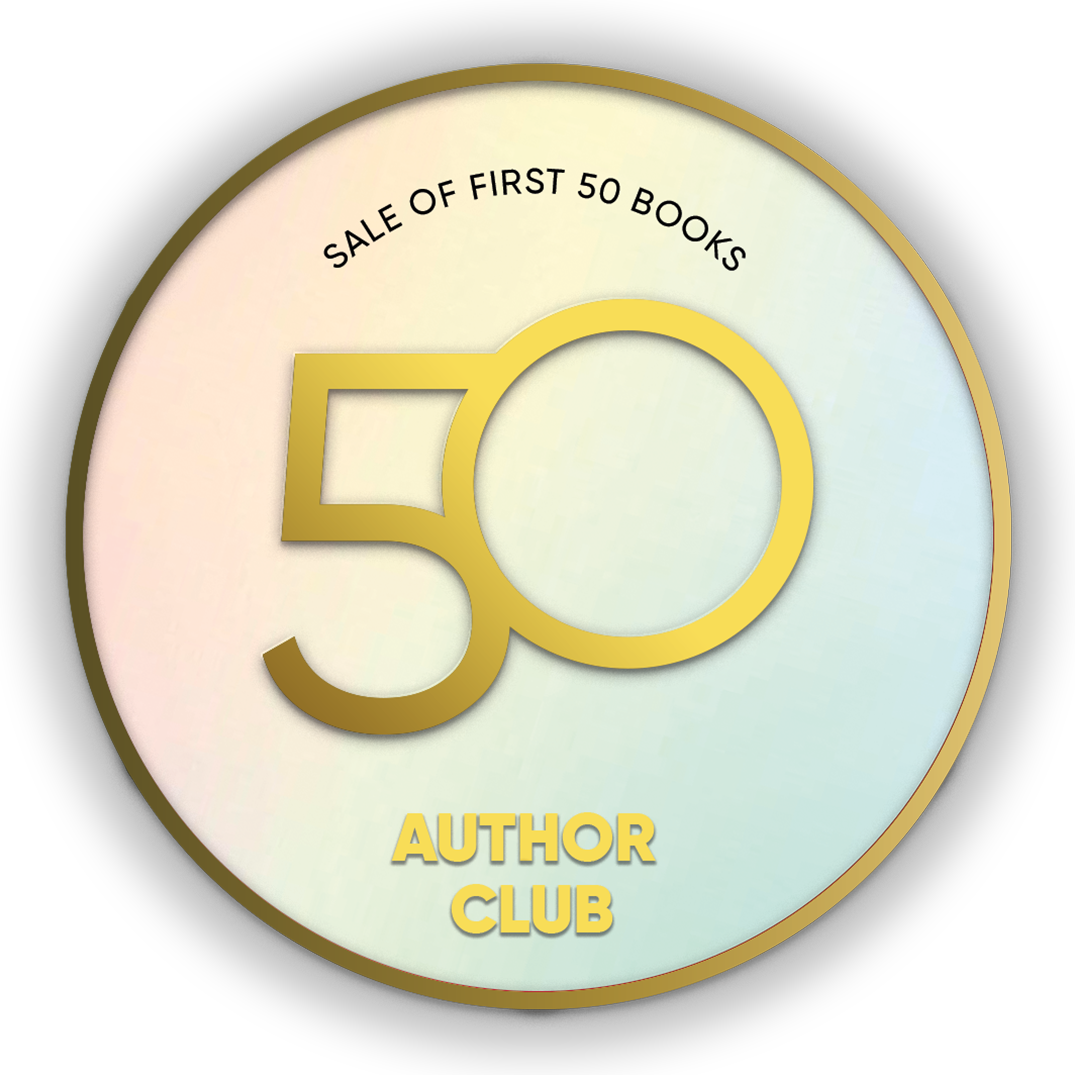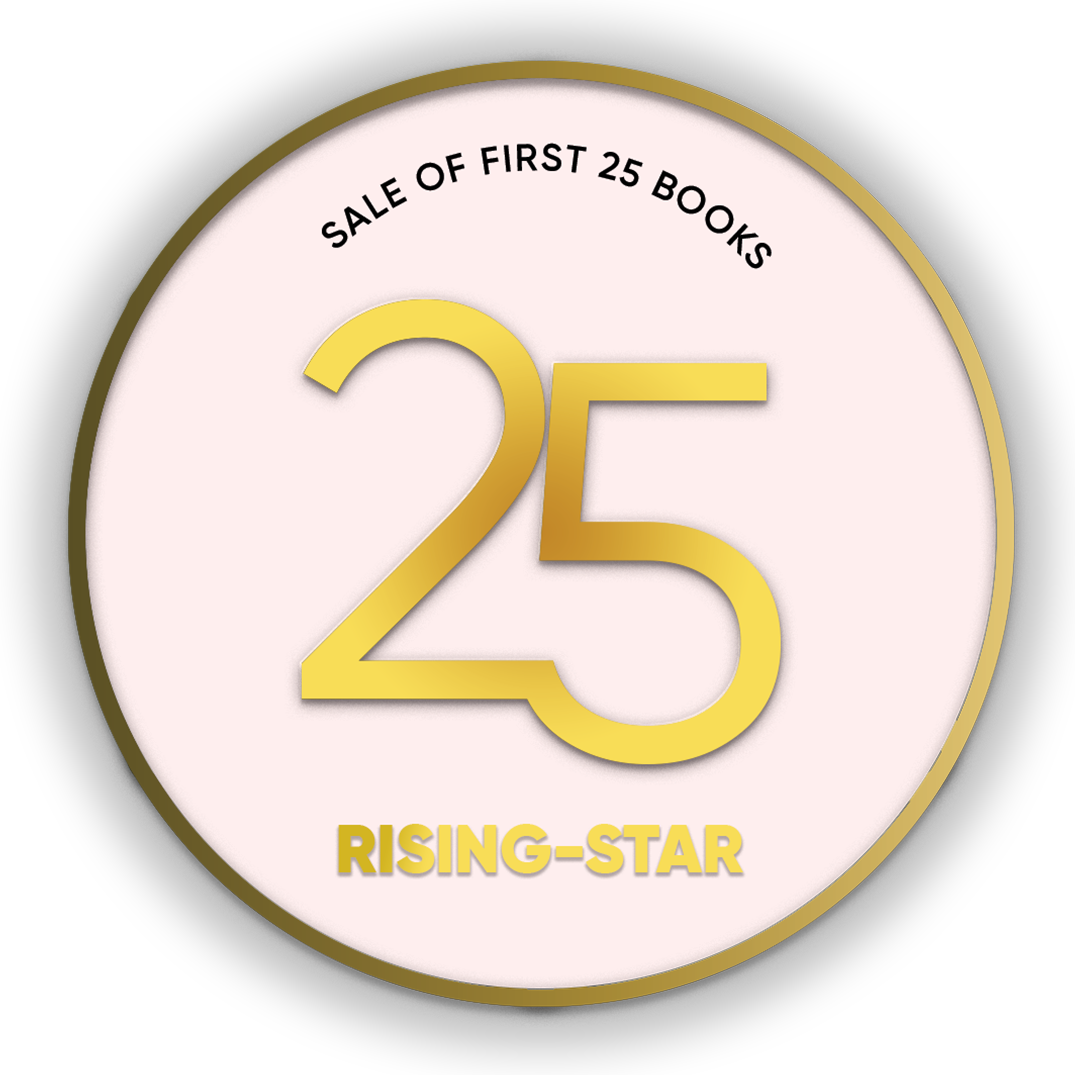
- Discover books
- For Writers
-
For Writers
-
Indie Author Championship
-
Challenges
Writing Contests
- Get Started
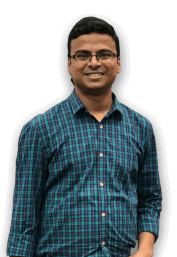
"It was a wonderful experience interacting with you and appreciate the way you have planned and executed the whole publication process within the agreed timelines.”
Subrat SaurabhAuthor of Kuch Woh Pal -
Prof. Dr. R. Dinakaran Michael
Professor R. Dinakaran Michael earned his PhD in Immunology from the Madurai Kamaraj University, Madurai in 1986. Dr. Michael has quite a lot of experience in teaching and demonstrating the concepts of immunology to students of life sciences at bachelors and masters degree levels. He has published extensively on the immunostimulatory effect plant extracts/fractions, immunomodulation by social stress, and the effects of environmental pollutants on fish. Four of his marine macroalgal derived immunostimulant products have been filed and published for patents. Dr. Michael has guided many studentsRead More...
Professor R. Dinakaran Michael earned his PhD in Immunology from the Madurai Kamaraj University, Madurai in 1986. Dr. Michael has quite a lot of experience in teaching and demonstrating the concepts of immunology to students of life sciences at bachelors and masters degree levels. He has published extensively on the immunostimulatory effect plant extracts/fractions, immunomodulation by social stress, and the effects of environmental pollutants on fish. Four of his marine macroalgal derived immunostimulant products have been filed and published for patents.
Dr. Michael has guided many students in their doctoral and graduate research and has published a large number of research articles in reputed international journals. As a visiting professor, Dr. Michael had offered credit courses on immunology, aquaculture, and a few other life science subjects to American students. He was the recipient of State and National Best Teacher Awards and was selected as a consultant (for fish immunology) by the Food & Agriculture Organization (FAO) of the United Nations (UNO).
Read Less...Crop your profile image

Immunological Techniques using Fish Model - A laboratory Manual (Black and White)
Books by R. Dinakaran Michael
Hello there, immunology teachers of colleges and universities! Are you still struggling to design and develop laboratory exercises to demonstrate concepts of immunology to your undergrad and postgrad students using rabbits, guinea pigs and mice without a good animal house? All your problems are over. Here is an innovative and âeasy to followâ laboratory manual which has the procedures of many immunological techniques and assays using fish model. Using fish m
Hello there, immunology teachers of colleges and universities! Are you still struggling to design and develop laboratory exercises to demonstrate concepts of immunology to your undergrad and postgrad students using rabbits, guinea pigs and mice without a good animal house? All your problems are over. Here is an innovative and âeasy to followâ laboratory manual which has the procedures of many immunological techniques and assays using fish model. Using fish model is mainly to avoid the constraints of having and maintaining spacious air-conditioned animal house and animals like rabbits, guinea pigs and mice which are traditionally used for immunology laboratory exercises. Fishes have most of the immunological components, mechanisms and molecules found in higher vertebrates like rabbits, guinea pigs and mice though in a simpler style. Hence, fish is as an ideal vertebrate model for teaching and demonstrating the essential immunological concepts.
The immunological exercises covered in this manual includes but not restricted to the basic techniques like dissection of lymphoid organs, preparation of leucocytes from these organs, antigen preparation, immunization and bleeding technique, and serum separation and assays like non-specific immune mechanisms like lysozyme activity and production of reactive oxygen by phagocytes, specific immune responses like antibody production, allograft rejection and DTH reaction, expression of immune related genes and vaccination and vaccine efficacy testing. Many of these techniques are being routinely used in institutions where the author served and also in institutions whose faculty fellows underwent training in the large number of training workshops conducted by the author.
Note: This is a black and white version

Are you sure you want to close this?
You might lose all unsaved changes.
Select from one of our global stores to continue
 India
India
 Malaysia
Malaysia
 Singapore
Singapore
 UAE
UAE
Warning Message
The items in your Cart will be deleted, click ok to proceed.





